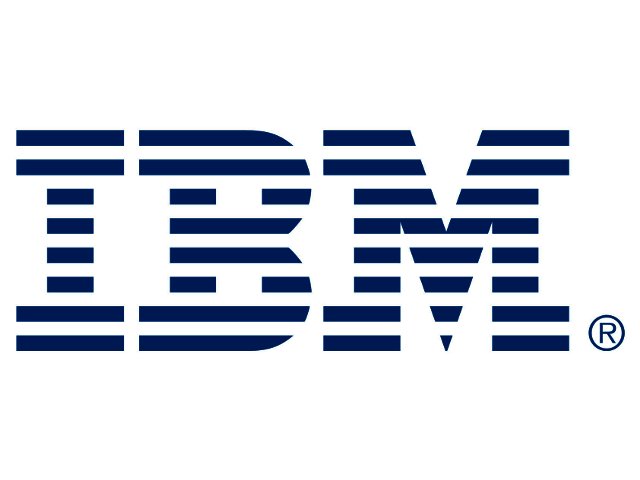PREVIOUS ARTICLENEXT ARTICLE
NEWS

IBM reveals its pick of tech innovations set to change our lives
By Staff Writer 15 February 2011 | Categories: news
IBM has formally unveiled the fifth annual “Next Five in Five” list, which is the company’s pick of technological innovations that have the potential to change the way people work, live and play over the next five years.
1. Beaming up your friends in 3D
People will be able to interact with 3D interfaces (as sci-fi movies have shown us) to view and communicate with 3D holograms of their family, colleagues and friends in real time.
Movies and TVs are already moving to 3D and as 3D and holographic cameras get more sophisticated and more compact to fit into smartphones, you will be able to interact with photos, browse the web and chat with your friends using entirely new ways.
Scientists are working to turn video chat into holography chat or “3-D telepresence.” This technique employs light beams scattered from objects and reconstruct these as a picture of that object, which is similar to how human eyes visualises our surroundings.
It’s not only people that will be viewable in 3D as scientists at IBM Research are working on new ways to visualise 3D data. They are working on technology that would allow engineers to ‘step inside’ of a design of anything from a building to software programs. Scientists will be able to run simulations of how diseases spread across an interactive 3D globe for example and visualising trends happening around the world on Twitter, all in real time and with little to no distortion.
2. Batteries will breathe air to power our devices
In the next five years, scientific advances in transistors and battery technology will allow a host of devices, such as notebook PCs, to last about ten times longer on a single charge than they do currently do. Even more impressive is the fact that in some cases, batteries may disappear altogether in smaller devices.
Instead of the heavy lithium-ion batteries used today, scientists are working on batteries that use the air we breathe to react with energy-dense metal, eliminating a key inhibitor to longer lasting batteries. If this endeavour proves successful, the end-result will be lightweight, powerful and rechargeable batteries capable of powering anything from electric cars to electronic consumer devices.
By rethinking the basic building block of electronic devices (the transistor), IBM is aiming to decrease the amount of energy per transistor to under 0.5 volts. With energy demands this low, the company might be able to lose the battery altogether in some devices like mobile phones as well as e-readers.
The result would be battery-free electronic devices that can be charged using a technique called energy scavenging. Some modern wrist watches utilise this technique already by charging when the wearer moves his or her arm. This same concept could be used to charge mobile phones for example, shaking the phone and then calling your friend.
3. You won’t need to be a scientist to save the planet
A prediction that will have green tech lovers excited is that your phone, your car, your wallet and even your tweets will collect data that will give scientists a real-time picture of your environment.
This data will be used to contribute to the fight against global warming, save endangered species or track invasive plants or animals that threaten global ecosystems. In the next five years, a whole class of “citizen scientists” will emerge, using simple sensors that already exist to create massive data sets for research.
4. Your commute will be personalised
IBM is of the opinion that during the next five years, advanced analytics technologies will provide personalised recommendations that get commuters to their destination in the fastest time. Adaptive traffic systems will intuitively learn traveller patterns and behaviour to provide more dynamic travel safety and route information to travellers than is available today.
IBM researchers are developing new models that will predict the outcomes of varying transportation routes, in order to provide information that goes well beyond traditional traffic reports, after-the fact devices that only indicate where you are already located in a traffic jam and web-based applications that give estimated travel time in traffic. New systems will be able to learn (from regular travel patterns) where you are likely to go and then integrate all available data and prediction models to pinpoint the best route.
5. Computers will help energise your city
Innovations in computers and data centres are enabling the excessive heat and energy that they give off when performing operations such as heating a building during winter and powering air conditioning systems during summer, to be put to better use.
Up to half the energy consumed by a modern data center goes toward air cooling. Most of the heat is then wasted, as it is just dumped into the atmosphere. New technologies like novel on-chip water-cooling systems developed by IBM, will enable the thermal energy from a cluster of PC processors to be efficiently recycled to provide hot water for an office or houses.
USER COMMENTS
Most Read Articles
Read

Magazine Online
TechSmart.co.za is South Africa's leading magazine for tech product reviews, tech news, videos, tech specs and gadgets.
Start reading now >
Download latest issue
Have Your Say
What new tech or developments are you most anticipating this year?
New smartphone announcements (45 votes)
Technological breakthroughs (29 votes)
Launch of new consoles, or notebooks (14 votes)
Innovative Artificial Intelligence solutions (29 votes)
Biotechnology or medical advancements (24 votes)
Better business applications (160 votes)



